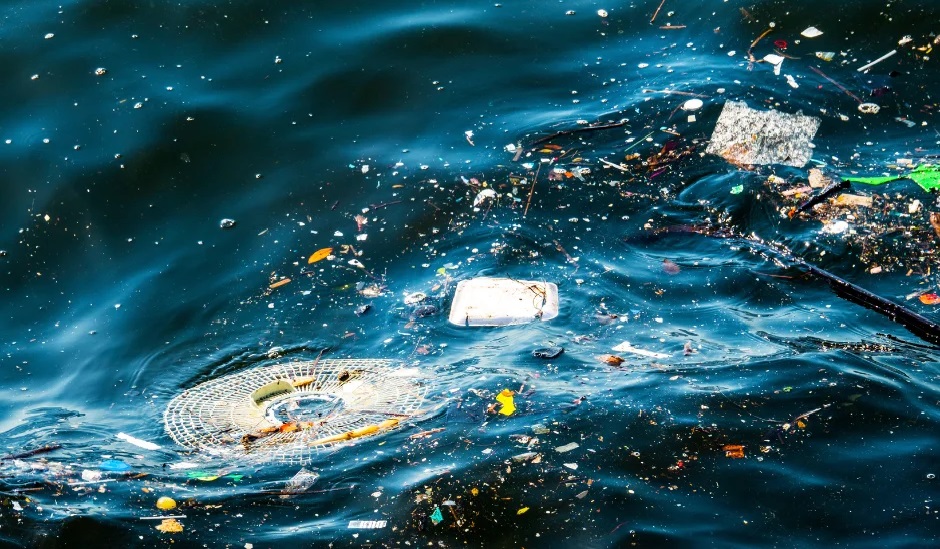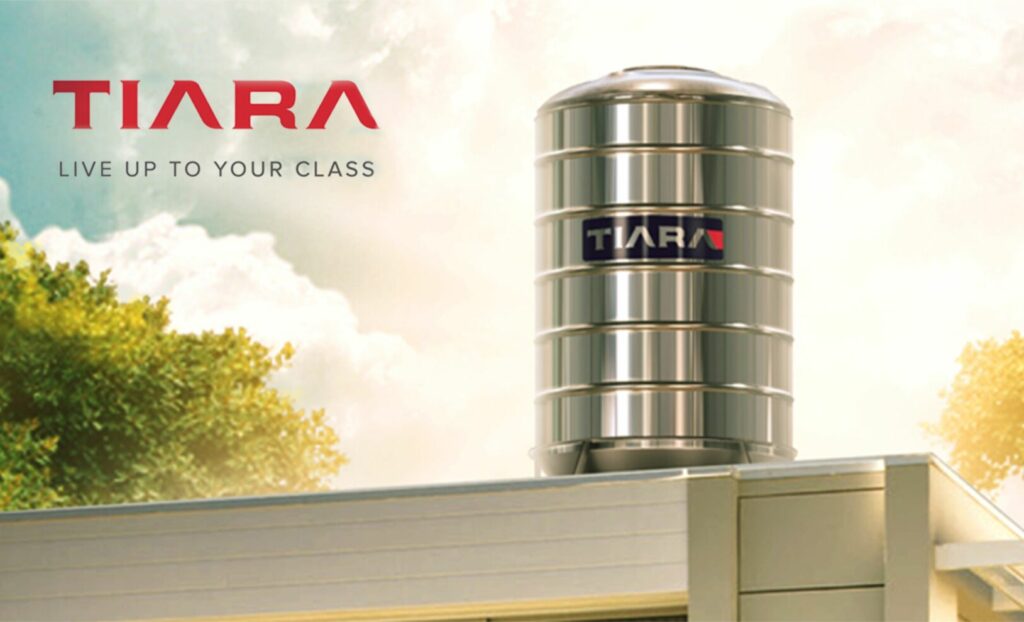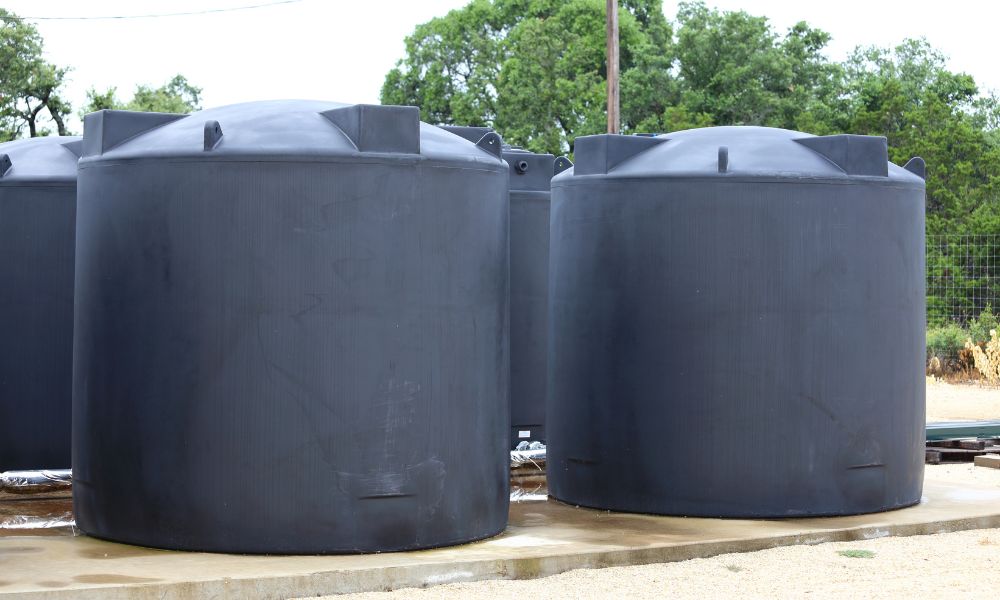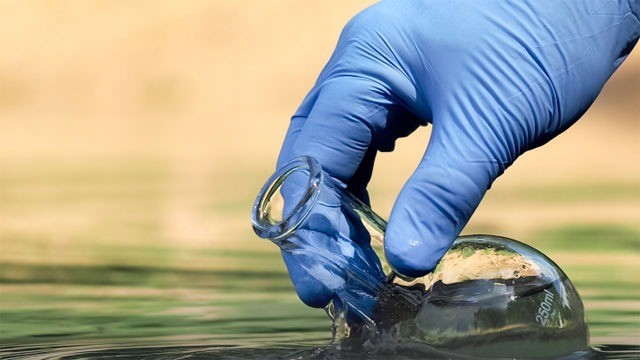
Introduction:
Water, the essence of life, is indispensable for human survival and sustains various vital activities crucial for societal development. However, guaranteeing the availability of clean, safe water extends beyond its initial sourcing and treatment. Equally paramount is the significance of water storage in upholding water quality. Whether through reservoirs or tanks, the manner in which we store water profoundly influences its purity and safety.
How water storage affects water quality?
Sedimentation: In storage, sediment settles, potentially housing heavy metals and pesticides. Mismanagement allows pollutants to infiltrate stored water, endangering health and ecosystems.
Temperature Fluctuations: Temperature variations foster microbial growth, leading to algal blooms and reduced oxygen levels. Effective regulation is vital to prevent adverse effects on water quality.
Microbial Growth: Stagnant water in tanks fosters bacteria, viruses, and pathogens. Without proper maintenance, these contaminants proliferate, risking consumer health.
Chemical Contamination: Storage materials and disinfection processes may introduce chemicals, forming by products. Stringent monitoring is vital to mitigate chemical risks.
Loss of Disinfectant Residual: Disinfectants may dissipate during storage, leaving water vulnerable to microbial contamination. Maintaining residual levels is critical for continued protection.
Cross-Contamination: Poor maintenance can lead to cross-contamination from external sources, compromising water safety. Regular inspections are essential to prevent infiltration.
Aging Infrastructure: As storage infrastructure deteriorates, it becomes susceptible to leaks and corrosion. Timely maintenance and upgrades are crucial to preserve water quality.

Impact of different storage materials and condition on water quality:
Stainless Steel:
Pros: Stainless steel boasts corrosion resistance, making it durable in diverse settings. Its strength withstands heavy loads, while its hygienic nature suits food and medical industries. With a sleek appearance, it enhances aesthetics and is easy to maintain. Additionally, its recyclability and heat resistance further elevate its value.
Cons: Stainless steel’s susceptibility to scratching and higher initial cost are notable drawbacks. Maintenance for aesthetic appeal is required, and some types may exhibit magnetism, limiting applications. Additionally, its lower thermal conductivity may not suit all heat transfer needs.
Concrete:
Pros: Concrete is renowned for its durability, able to withstand heavy loads and high pressures. It boasts a long lifespan and is resistant to corrosion and rust. Concrete tanks are customizable and relatively straightforward to construct.
Cons: The porosity of concrete can permit water seepage, potentially absorbing contaminants. If not adequately sealed, concrete tanks may develop cracks, compromising both water quality and structural integrity.

Plastic (Polyethylene):
Pros: Polyethylene tanks are lightweight, corrosion-resistant, and cost-effective. They are easy to transport, install, and clean, with non-porous surfaces reducing the risk of contamination.
Cons: Exposure to UV light can degrade polyethylene, leading to brittleness and potential cracking. Some types may also leach chemicals into water, especially under high temperatures.
LLDPE (Linear Low-Density Polyethylene):
Pros: LLDPE tanks provide multiple benefits owing to their flexibility, high impact resistance, and chemical resilience. Their lightweight nature simplifies handling and lowers costs, while their durability guarantees a lengthy service life.
Cons: LLDPE tanks are prone to deformation in high temperatures, UV degradation, and have relatively high gas permeability. Adhesion to other materials can also be challenging, and proper disposal is essential for environmental reasons.
HDPE (High-Density Polyethylene):
Pros: HDPE tanks offer chemical resistance, durability, lightweight construction, cost-effectiveness, and low maintenance requirements, making them ideal for various applications.
Cons: Drawbacks of HDPE tanks involve their sensitivity to extreme temperatures, possible UV degradation without proper protection, and susceptibility to cracking or punctures in specific conditions. Additionally, their lightweight design may raise stability concerns in certain applications.

Factors influencing water purity:
Temperature: Elevated temperatures accelerate microbial growth and chemical reactions, potentially compromising water quality. Additionally, warmer water holds less dissolved oxygen, impacting aquatic life.
Light Exposure: Sunlight promotes algal growth, leading to taste and odour issues and the production of toxins. Ultraviolet light is used for water disinfection, reducing microbial contamination.
Container Material: The container material can affect water purity through chemical leaching, corrosion, and biofilm formation. Plastics may leach harmful substances, while metal corrosion introduces metallic ions. Proper management of these factors is vital for preserving water quality
Conclusion:
Water storage plays a pivotal role in preserving water quality throughout the distribution process. From preventing sedimentation and microbial growth to mitigating chemical contamination and addressing aging infrastructure, effective management of storage facilities is indispensable for ensuring the safety and purity of our water supply. By implementing rigorous maintenance protocols, monitoring mechanisms, and infrastructure enhancements, we can safeguard this invaluable resource for present and future generations.


